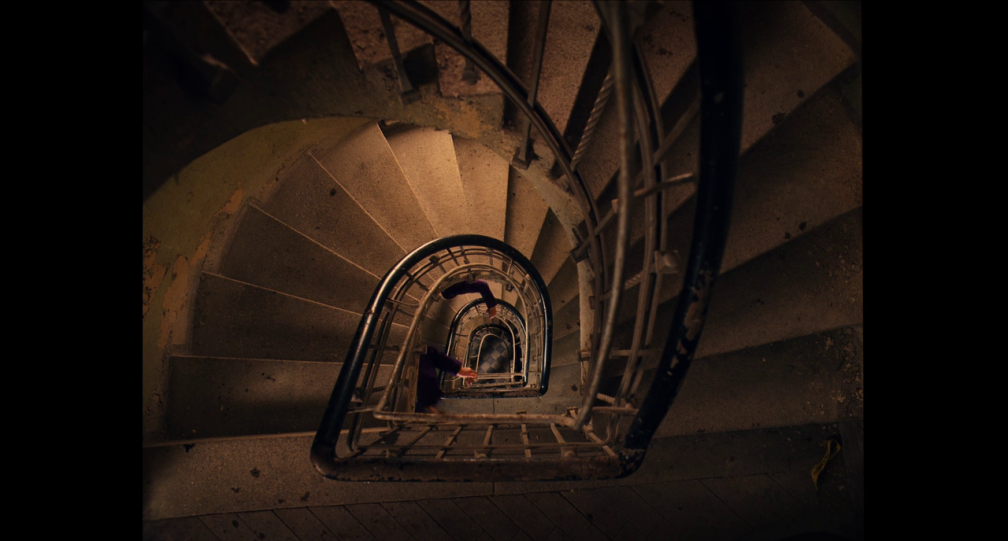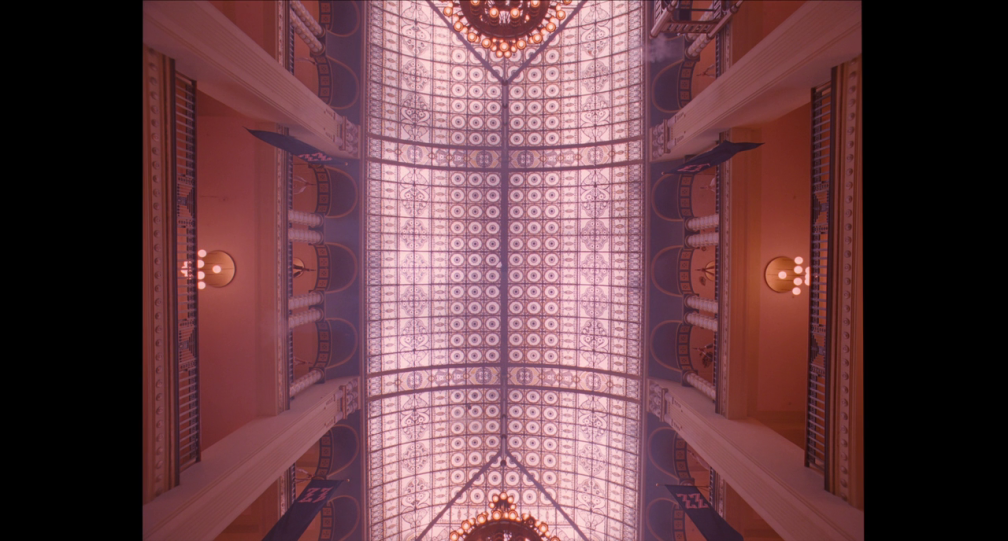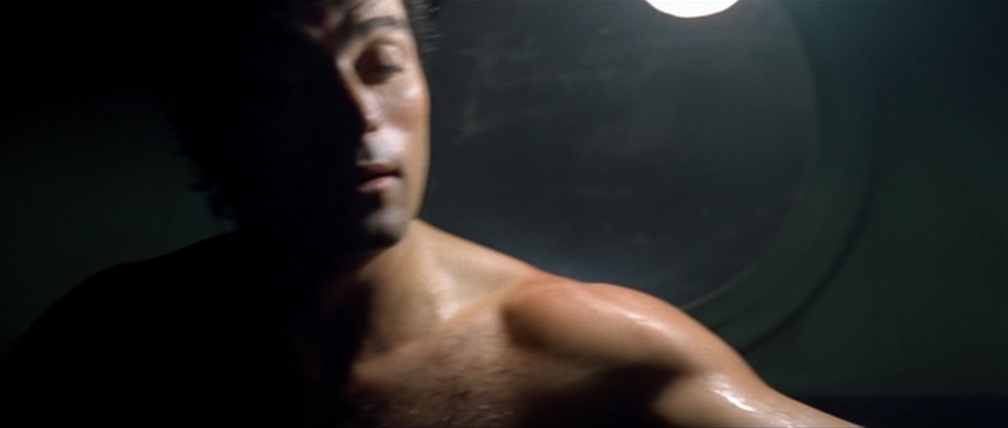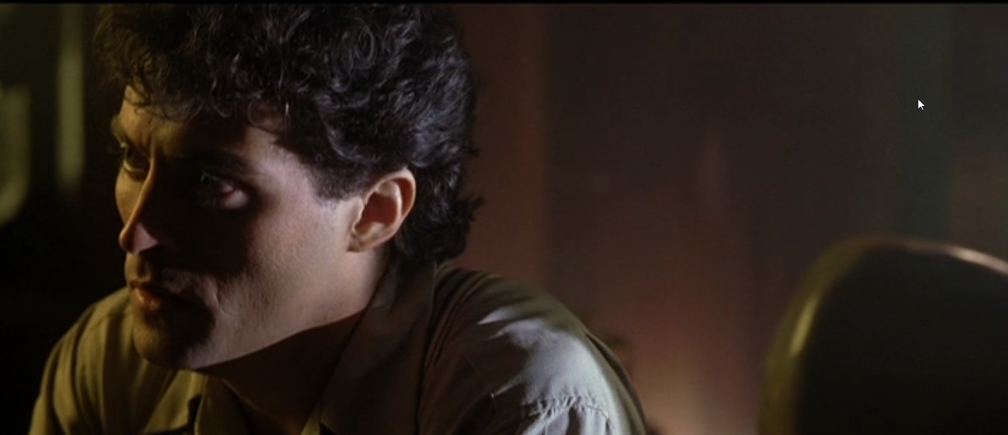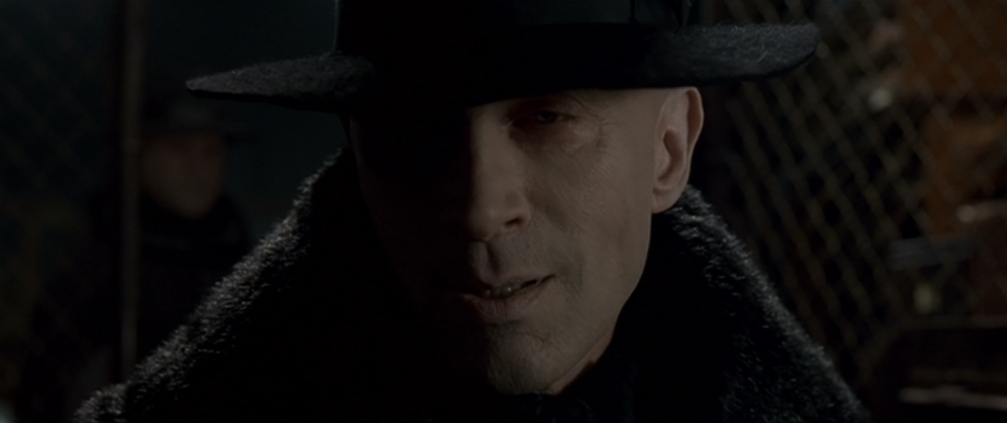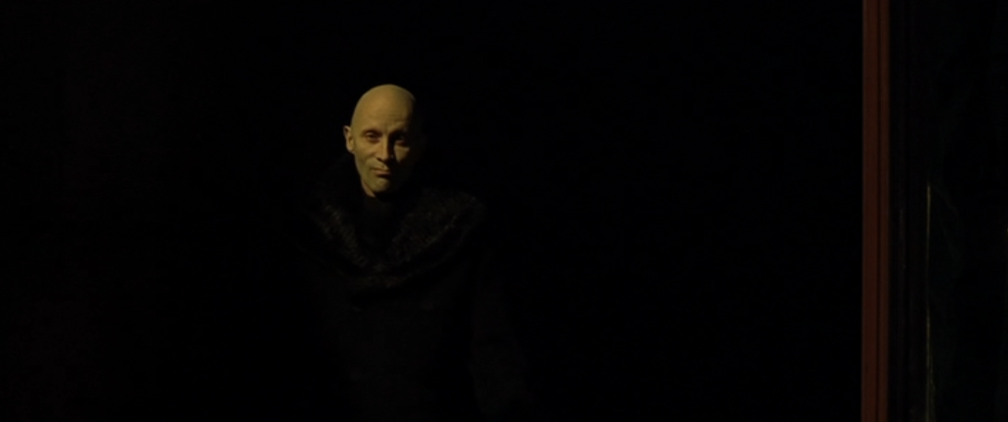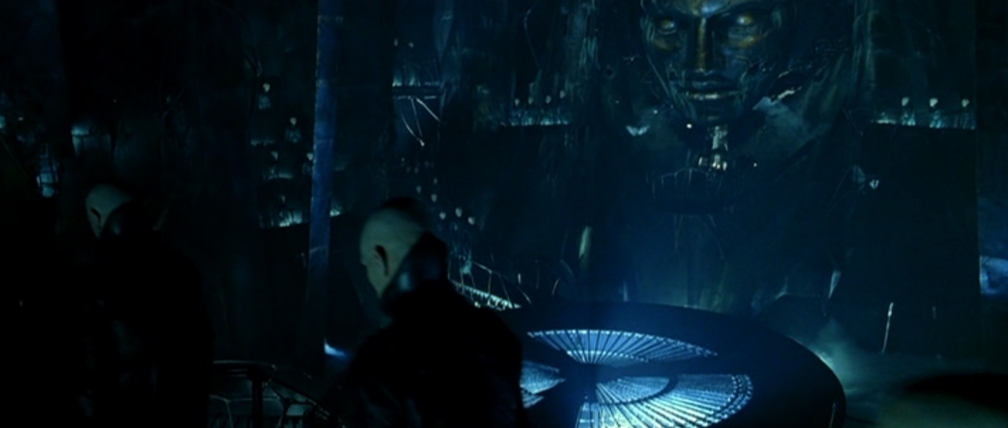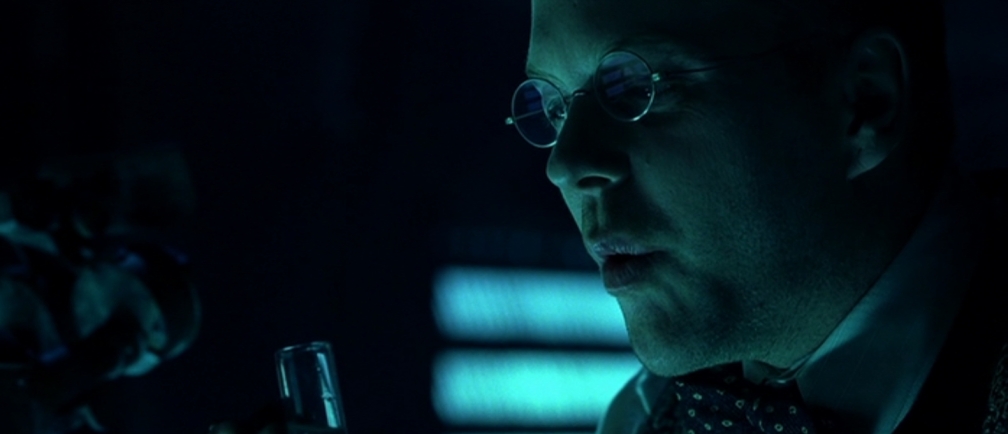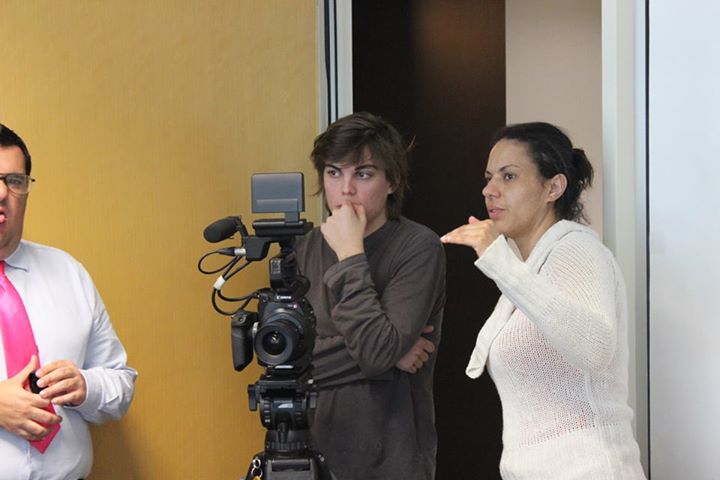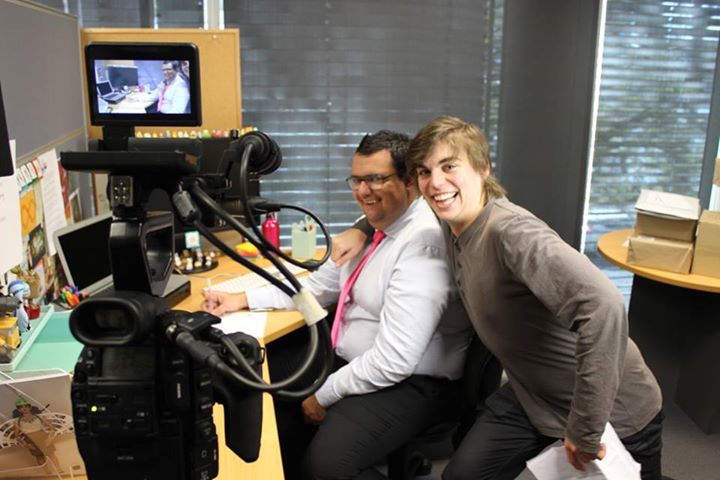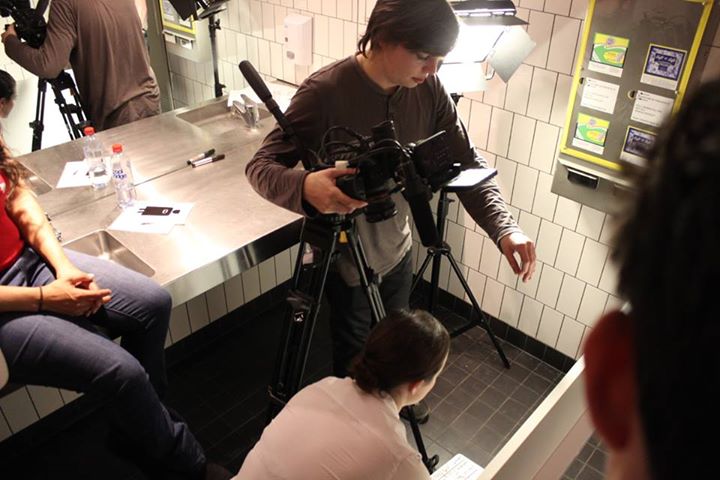Production design, also known as Art Directing, in Film is the process of bringing and portraying a visual element from the set into the camera. In other words, the concern is less involved with the camera itself. Production design involves costume design, props, effects, make-up, graphics, locations, research (more relevantly if it’s a period piece), lighting [which in this post I will omit] to help create a world that emphasizes the vision of the director, as well as also of course working in unison with the director of photography.
The term “Production design” was first made up by William Cameron Menzies, mainly in reference to his work in the visual aspects of the film, “Gone With The Wind” (1939) – since then, its role has remained just as important (if not become more-so) to film making as it can bring loads of extra depth not only to each shot, but to a character, and the film’s setting. One modern Director whose films have distinct style is Wes Anderson, whose equally important but lesser known collaboration is of that with Adam Stockhausen, who did Production Design for Wes Anderson’s last two films: “Moonrise Kingdom” (2012) and most recently, “The Grand Budapest Hotel” (2014) – and this post will focus on the elements of design used within the latter film.
The work that goes into the style and art of the film is apparent shot to shot, including the introduction of when the hotel itself is first displayed:
The titular hotel this movie takes place surrounding is displayed with a pink, almost ‘fantasy’ or ‘candy-like’ palette, and the remainder of the films and locations do their part to bring other and new looks and colours that work along with this.
However, during the opening we quickly see a flash forward:
Ignoring that the time period is given to us in appearing text at the bottom of the frame, we immediately through the design are able to see that years have passed, merely through the colours. In terms of research, Stockhausen said the biggest inspiration for the Hotel’s design was the Grandhotel Pupp:

… Based in the Czech Republic.
One especially curious part of the production design in The Grand Budapest Hotel is how often the settings allow for mere static or moving graphics, that could be created with Photoshop or After Effects, for example. See below an example, a later scene in the film which a large portion of that made a fun and unique chase scene in a beautiful environment:
The film itself from the very start lays itself up to be based upon a book that a girl is reading in dedication to the author – before this very story is told in its film form to us the audience, narrated by said author. As a result of this, throughout the film we are greeted with title cards that split the film into various chapters:
The entirety of the film is filled with many illustrations such as this one, and the story itself also includes many different forms of additional artistic talent such as sweet foods:
military and hotel costumes:
(Above I will refer to later as Figure A.)
(Figure B above)
and a fair amount of the story line surrounds a fictional painting known as “Boy with Apple.”
This shot of it, upon character M. Gustav investigating it, shows him trying to mirror the boy within the painting posing it, all the while Zero reveals and includes himself into the scene using a mirror sitting next to the art piece – a good use of minimalist set design that greatly improved an already interesting shot.
Further viewing into the shots show that colour has been used (possibly to an additional sense during grading) in the production design so shots based outside at night are often filled with blue, while shots within the hotel are often pink:
(Figure C above)
And while colour is what stands out the most throughout the film; Also does shape. Many of the shots are posited with the rooms to allow the characters to be in the direct center of the shot and the focus off attention – such as Figures A, B and C.
This shot spirals inwards towards the characters who are running up (and thus outwards from the center of the frame.) The viewer is being guided in towards where the characters are, and without fail each time they stand out.
This frame appears during gunfire occurring from each side, and shows more design while also giving a strange depth to the frame – making a scene intended to be confusing (as many people are all shooting at each other like a miniature war out of nowhere) even more so, but in a way that’s still visually appealing with the shot.
BIBLIOGRAPHY:
-
Fleming, V. (Director). (1939). Gone with the wind [Motion picture]. Turner entertainment/Warner Home Video.
-
Anderson, W. (Director). (2012). Moonrise kingdom [Motionpicture]. Tobis.
-
Anderson, W. (Director). (2014). The Grand Budapest Hotel [Motion picture]. Menart Records].
-
Art director Adam Stockhausen on creating the world of The Grand Budapest Hotel. (n.d.). Retrieved August 26, 2015, from https://thedissolve.com/features/below-the-line/464-art-director-adam-stockhausen-on-creating-the-worl/
-
By Angie McPherson, National Geographic PUBLISHED Tue Feb 24 18:03:00 EST 2015. (n.d.). Oscar-Winning Art Director on Creating the Grand Budapest Hotel. Retrieved August 26, 2015, from http://news.nationalgeographic.com/news/2015/02/150223-oscars-grand-budapest-hotel-europe-culture/
-
Explainer: What is production design? (n.d.). Retrieved August 26, 2015, from http://theconversation.com/explainer-what-is-production-design-24062
-
How Designers Built The World Of “The Grand Budapest Hotel” By Hand. (2015, February 20). Retrieved August 26, 2015, from http://www.fastcodesign.com/3042014/how-designers-built-the-world-of-the-grand-budapest-hotel-by-hand
-
Production designer, theatre/television/film: Job description. (n.d.). Retrieved August 26, 2015, from http://www.prospects.ac.uk/production_designer_theatre_television_film_job_description.htm
-
The Believer – The Dreams of a Creative Begetter. (2011, March 1). Retrieved August 26, 2015, from http://www.believermag.com/issues/201103/?read=article_cairns

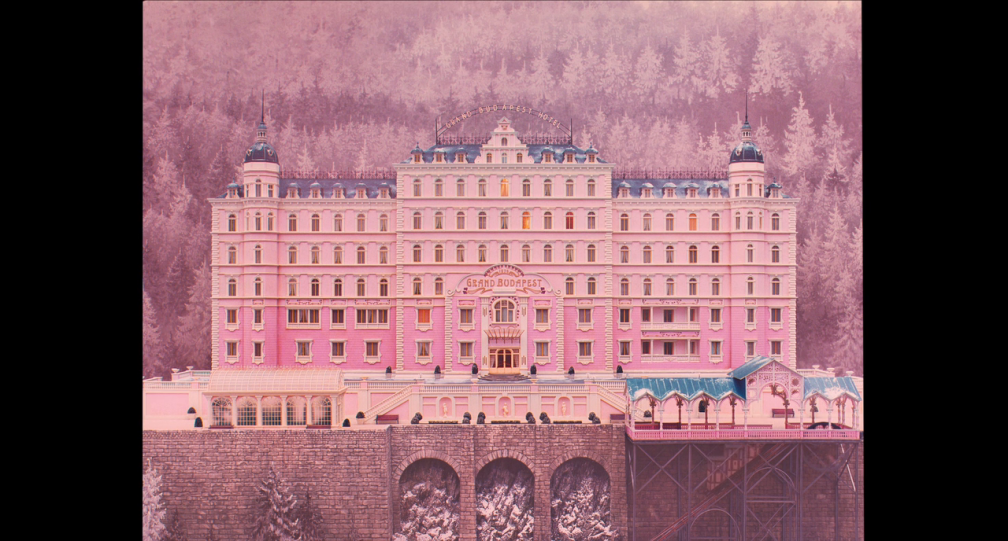
![The Grand Budapest Hotel (2014).mkv_snapshot_00.03.31_[2015.08.26_16.57.28]](https://juriglian.wordpress.com/wp-content/uploads/2015/08/the-grand-budapest-hotel-2014-mkv_snapshot_00-03-31_2015-08-26_16-57-28.png?w=1008&h=542)
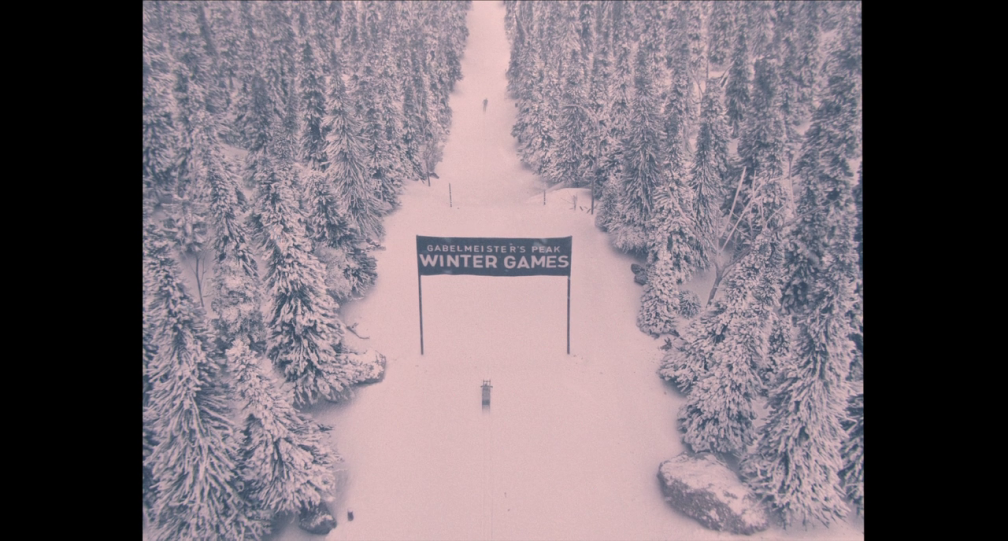
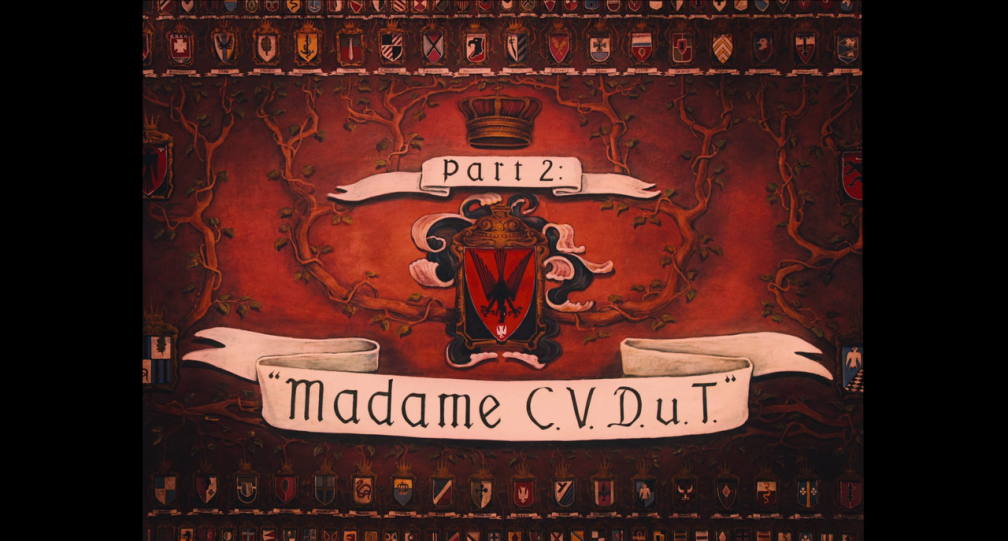
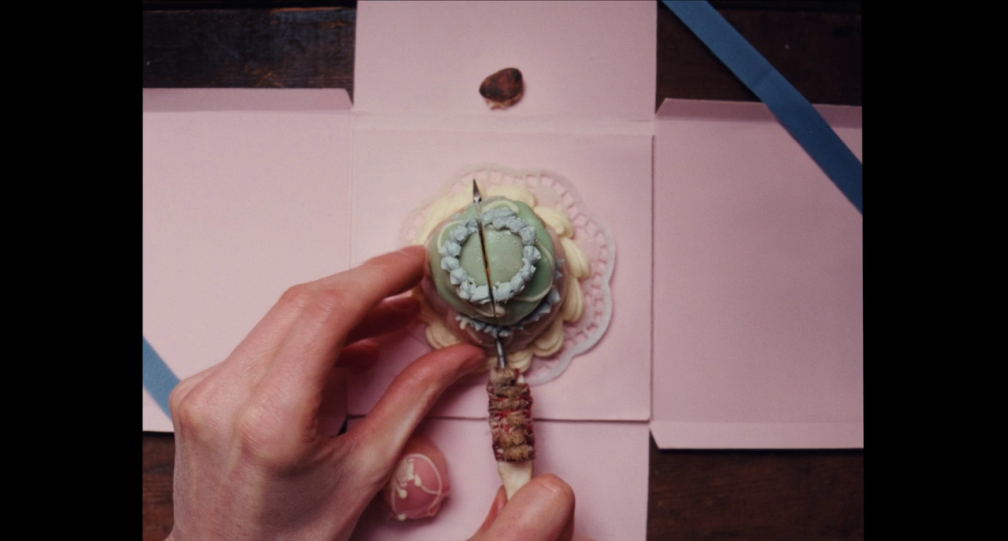
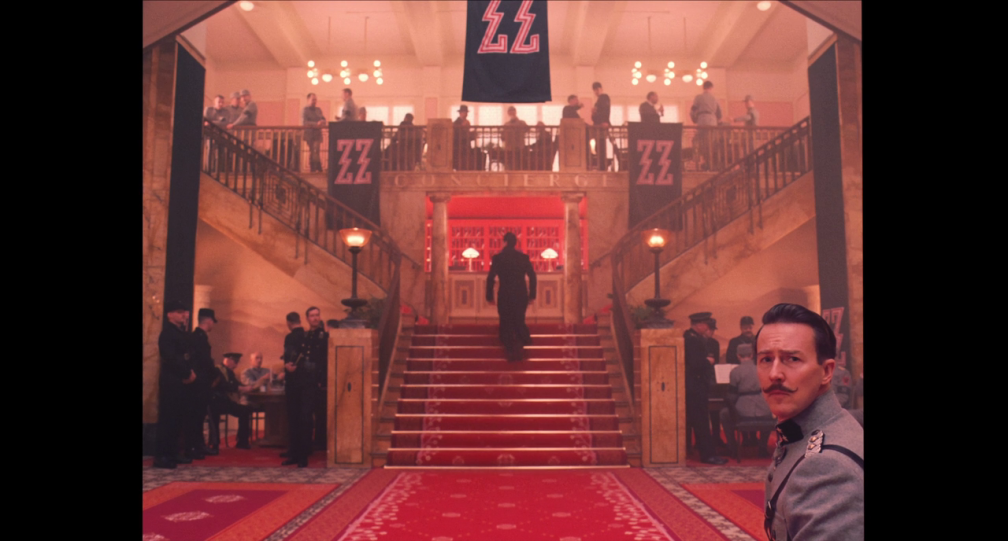

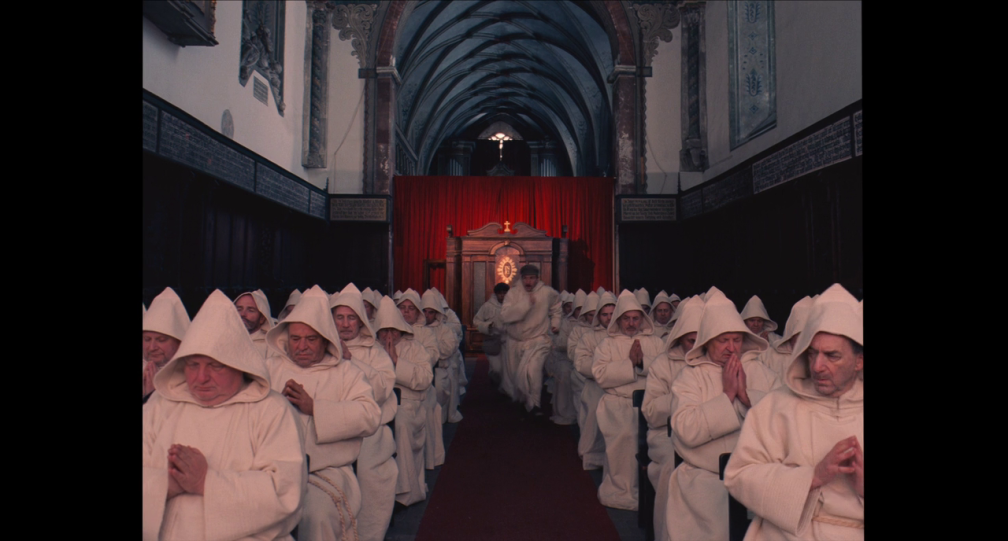
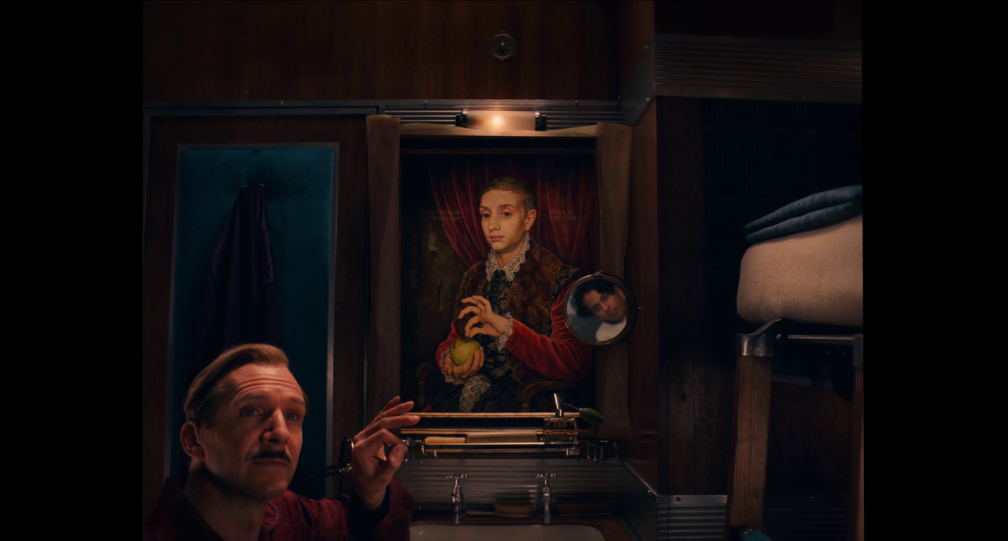
![The Grand Budapest Hotel (2014).mkv_snapshot_00.53.07_[2015.08.26_16.55.37]](https://juriglian.wordpress.com/wp-content/uploads/2015/08/the-grand-budapest-hotel-2014-mkv_snapshot_00-53-07_2015-08-26_16-55-37.png?w=1008&h=542)

